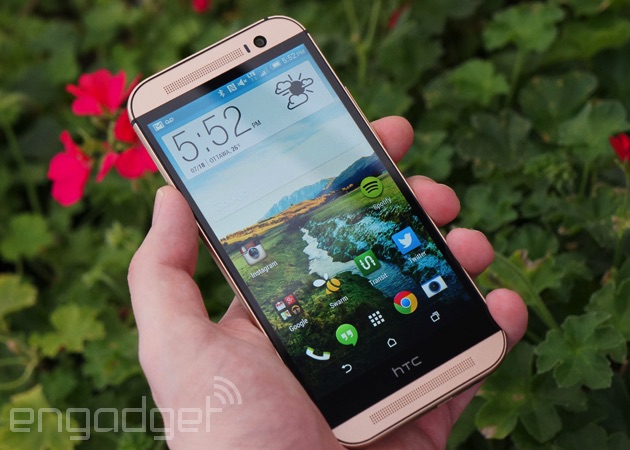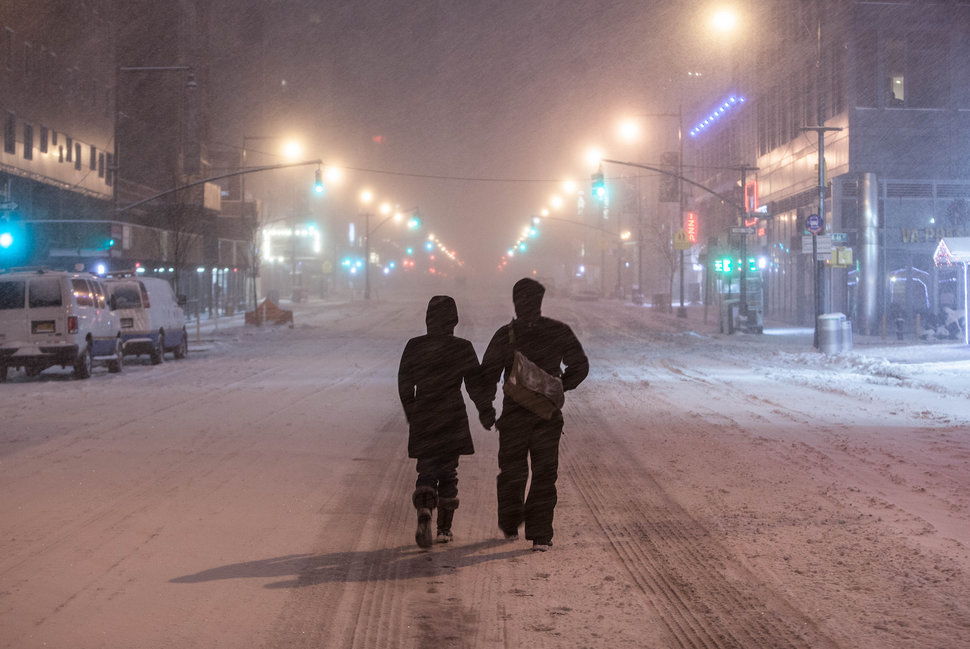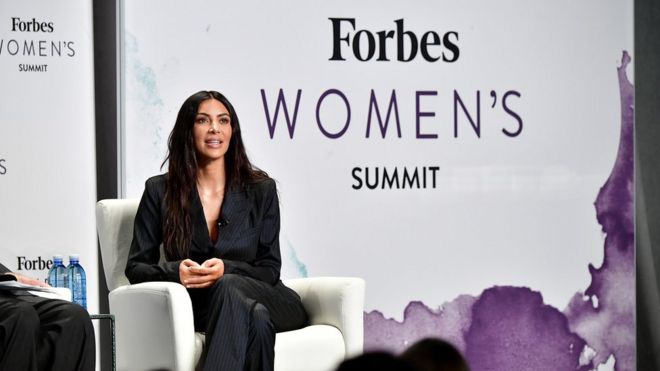The three-part report goes behind the scenes with a pro-democracy campaign trying to ensure free elections in Hong Kong.
Filmmakers: James Leong and Lynn Lee
A coalition of pro-democracy reformers want Hong Kong's next chief
executive to be directly elected in 2017. The Chinese government insists
that the leader must be chosen from a pre-approved list.
Over the summer and autumn of 2014, as this increasingly divisive debate brought thousands of Hong-Kongers onto the street, People & Power
went behind-the-scenes with activists as they embarked on an
unprecedented display of civil disobedience and tried to convince
Beijing to make concessions.
In the first two of three special reports, filmmakers James Leong and
Lynn Lee charted the origins and rise of the Occupy Central protest
movement, the increasing role played by student activists, and the
dramatic demonstrations and occupations which brought the territory to a
standstill.
In the third and final film, they explain how, with Beijing refusing
to budge and the Hong Kong police closing in, the movement's optimism
began to fade.
Although the current wrangle between
Hong Kong's pro-democracy movement and the Chinese government is more
nuanced and complicated than it is often portrayed, a relatively
straightforward issue lies is at its heart. The activists - driven by a
coalition of veteran reformers known as Occupy Central and politically
engaged students - want their next chief executive to be directly
elected in 2017; Beijing insists the leader must be chosen from a list
of pre-approved candidates.
Over the late summer of 2014 many
tens of thousands of Hong-Kongers – with the Hong Kong Federation of
Students and the Scholarism movement increasingly to the fore – took to
the streets in an attempt to get Beijing to change its mind.
Over that time, as the protests ebbed and flowed, there were many key
moments but possibly the most crucial came on September 26 when
students stormed a fenced-off area, known as Civic Square, outside Hong
Kong's government headquarters.
The stunt, initiated by Joshua Wong, a leader of the Scholarism
movement, came at the end of a week-long classroom strike but marked the
start of something completely unexpected - a much larger, spontaneous
exercise in civil disobedience. It led to weeks of demonstrations,
marches, occupations and attempted occupation of other areas - played
out in front of the world's media - and, though the protests have been
largely peaceful, increasingly heated tear-gas flavoured clashes with
the police.
 |
| Police transporting drums of an unidentified
substance marked "Corrosive" into the offices of the chief executive on
October 2, 2014 [Lee Xian Jie / Al Jazeera] |
The origins of the dispute are deeply rooted and go back to 1997 when
Britain handed over its former colony to China after 155 years of rule.
Up to that point there had been little evidence of democracy, of
course, as the island had been ruled by governors directly appointed
from London, but Hong-Kongers had come to enjoy the rule of law and
freedom to protest and hoped that China's communist leaders would abide
by an agreement to give them "a high degree of autonomy" for 50 years,
under a set of principles known as "one country, two systems".
For the most part, and to many people's surprise, China has honoured
that agreement and indeed it was Beijing which actually first introduced
the notion of any form of democratic rule when in 1990 it adopted the
Basic Law, which included a commitment that in 2017 the territory's
chief executive would be elected by universal suffrage. But there was
considerable scepticism about exactly how that would play out in detail.
As the Asia Times pointed out in 2008, the proposals were
"hedged in with so many ifs and buts that there is no guarantee of Hong
Kong getting anything at all... "
There the matter mostly rested until 2012 when a bookish academic,
law professor, Benny Tai, wrote an article in the Hong Kong Economic
Journal that would eventually spark the movement known as Occupy
Central. He explained what prompted him: "The Chinese government had
promised that the election of the chief executive would be elected by
universal suffrage. But we questioned the kind of universal suffrage
we'll be able to get. Would it be the kind of so-called Chinese style of
universal suffrage in which all the candidates will be screened by the
Chinese government before the HK people can have a chance to choose?"
Fearing what the answer would be, Tai suggested a campaign of civil
disobedience to generate political pressure on the Chinese government.
Occupy Central with Love and Peace - to give the movement its full name
(the 'Central' referring to Hong Kong's financial district) - was born.
Unofficial referendum
In early summer 2014, as Beijing and the Hong Kong government
prepared to release their plan for the 2017 elections, Occupy Central
called an unofficial referendum on how candidates for the city's top job
should be nominated. The activists were counting on a strong turnout to
bolster their chances of dialogue with the government and promised to
back down if fewer than 100,000 people participated in their referendum.
But if that number was met or exceeded, and the authorities then failed
to deliver the genuine universal suffrage demanded by Tai and his
group, they promised to stage a sit-in in Hong Kong's main business
area.
In the meanwhile the Hong Kong authorities published their proposals.
As many people feared when the government did finally release its
proposals, it became clear that Beijing wanted a pre-approved lists of
candidates, put forward by a nominating committee which it would
appoint.
A stand-off loomed as campaigners began to galvanise public opinion,
seeking to persuade sufficient numbers of people to vote in the
referendum and then, if necessary, take action.
The government in Beijing meanwhile was also mobilising - state media
castigated the activists and called the referendum an "illegal farce"
and "a joke"; Occupy Central's website was hit by cyber-attacks of a
scale not seen before in Hong Kong; the island's security services
carried out a number of high profile muscle flexing exercises and Hong
Kong secretary for security Lai Tung-kwok stated that the government
would "take robust action to uphold the rule of law and maintain safety
and order".
 |
| Protestors don hard hats and improvised arm guards to protect themselves from police batons [Lee Xian Jie / Al Jazeera] |
Other demonstrators also began to appear on the streets of Hong Kong.
One typical group appeared outside the island's police headquarters
bearing a petition with 30,000 signatures. "Occupy Central will destroy
our society. We urge the police to do everything they can to deal with
these unruly radicals…"
Yet while some of these pro government protests appeared to be
curiously un-spontaneous and orchestrated, it is clear that they had
support among many ordinary Hong-Kongers too. Not everyone welcomed the
disruption to business and daily routine that Occupy Central promised.
And so events unfolded. In June, 792,808 people, equivalent to
one-fifth of the registered electorate, took part in the referendum on
three questions - all of which called for the public to be allowed to
nominate candidates for the 2017 chief executive election, an idea
repeatedly dismissed by the Chinese government as inconsistent with the
Basic Law. The results were greeted with predictable derision in Beijing
and the stage was set for the confrontations that followed.
As the protests intensified in October and November and the activists
grew bolder and more organized, clashes with the Hong Kong police
forces multiplied. The world became familiar with images of the
protestors opening colourful umbrellas in the face of police baton
charges (activists quickly adopted the term The Umbrella Movement as an
ironic homage to their coalition and the useful protection the objects
offered against tear gas canisters).
But the authorities were not budging and though demonstrations
continued to be well attended, as the weeks went on some of the momentum
and optimism began to seep away. Fearful that the non-violent campaign
they had begun could turn ugly, Benny Tai and the other veteran leaders
of Occupy Central with Love and Peace turned themselves into the
authorities and called for the students to suspend their activities.
Some listened, others did not, but by December 10 it was clear that the
protests had run their course – for now at least.
 |
| Student leaders Joshua Wong, Alex Chow, and Lester Shum take the stage on October 4, 2014 [Lee Xian Jie /eratrue) |
That evening, on what would be the
last night of the occupation Joshua Wong, climbed onto a makeshift
podium in Hong Kong’s Civic Square and addressed the crowd. "Those in
power may try to dictate to us but when we grow older, it will be we who
control their future," he said.
Whether those were prophetic words remains to be seen, but tens,
possibly hundreds of thousands of young Hong-Kongers have been
politically energised by the events of 2014 and it seems unlikely that
Beijing, China or the rest of the world have seen the last of them.





























![From Ataturk to Erdogan Each day seems to bring another step away from Ataturk's republic, writes Lepeska [Getty Images]](http://www.aljazeera.com/mritems/imagecache/mbdxxlarge/mritems/Images/2014/12/26//2014122613460623734_20.jpg)



